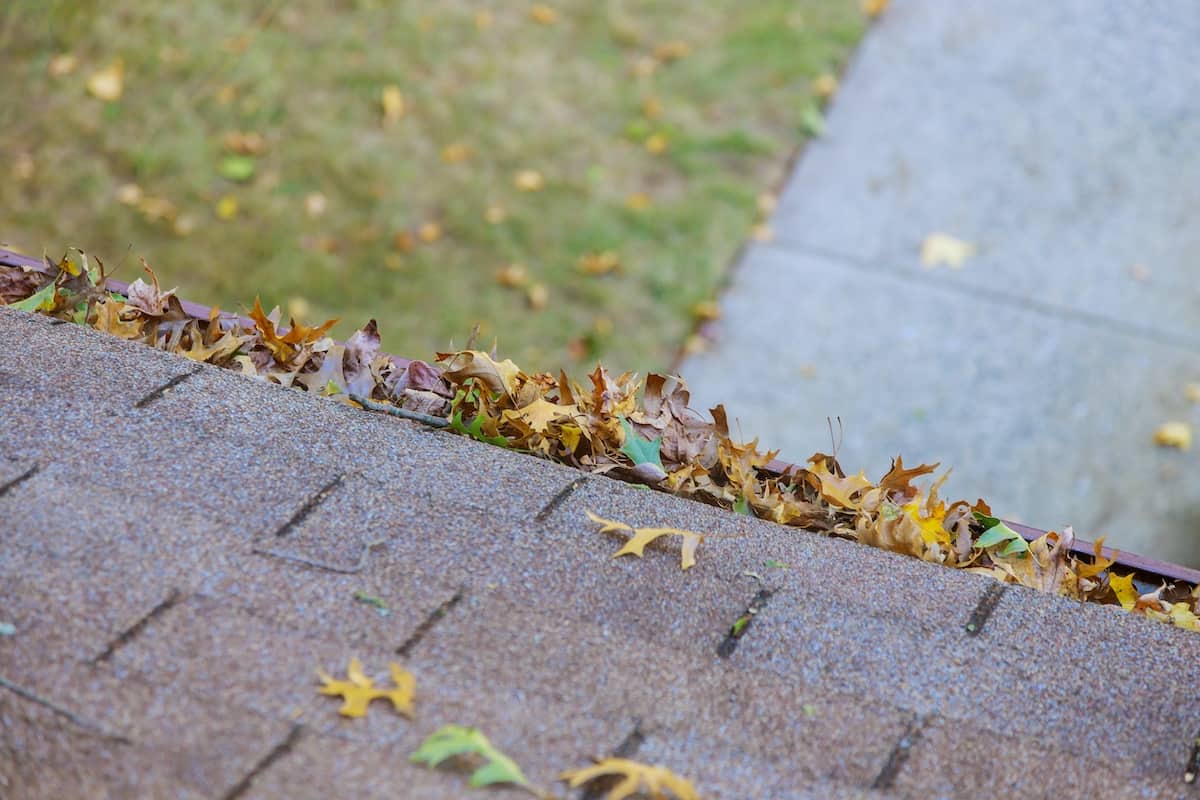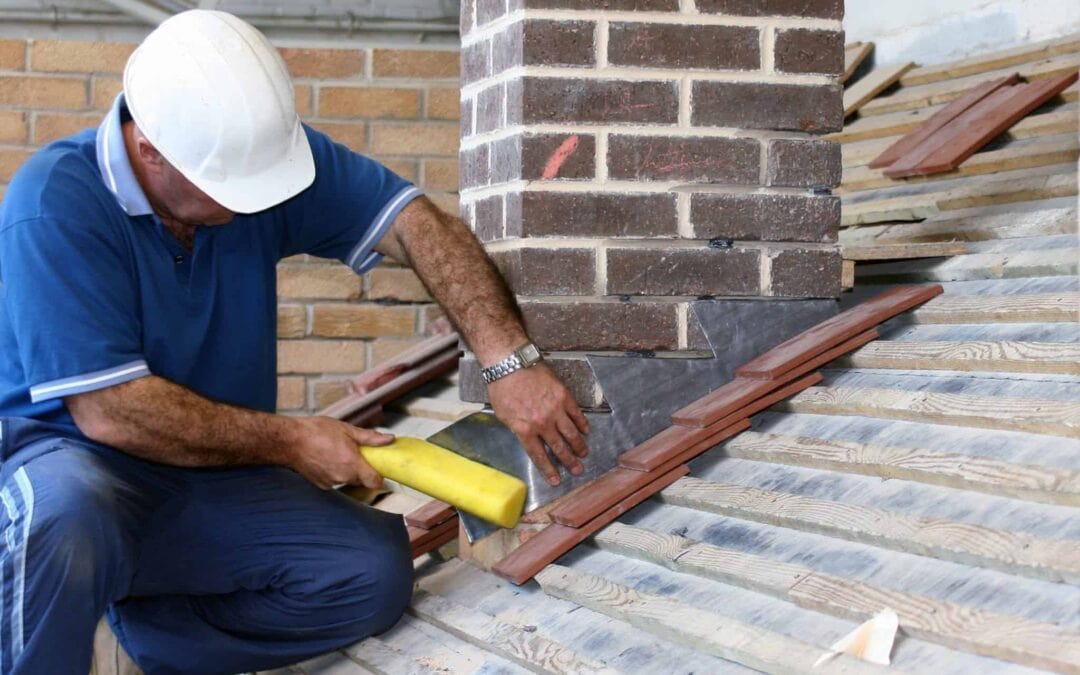If you have a shingle roof, you can reasonably expect to get a minimum of twenty years out of it, whereas pricy slate roofing is guaranteed to last up to 100 years in some cases. Even so, these roofing products are going to need maintenance if you want them to fulfill their potential.
A lot of homeowners don’t realize the importance of regular roof maintenance, even if they contract for annual service of their HVAC and water heater, just for example. However, we can all agree that a solid roof is needed to keep the elements out, and that paying for roof replacement due to neglected issues like leaks, rot, mold, or pests is an undesirable scenario.
You want your roof to last for a good long while so that you don’t have to shell out several thousand dollars for replacement. Even though most roofs come with warranties for both materials and installation, you want your roof to last as long as possible to spare you hassle and expense.
Plus, warranties may be voided if homeowners fail to properly care for their roofs. In order to avoid such scenarios, here are a few essential roof maintenance tips every homeowner should follow.
1. Conduct Annual Inspections
Whether you inspect your roof on your own or you hire a company that specializes in roof maintenance in Arlington Texas, you really need to check in at least annually to make sure your roof is in ship shape. This is your best chance to discover small problems and fix them before they become major headaches.
If you’re going to inspect on your own, it’s probably best to take a few photos so you can compare them from year to year to look for wear. For safety’s sake you might not want to walk around on your roof, but you can put a ladder up and look for any shingles or tiles that are dislodged, curling, cracked, or even missing.
You should also check out flashing around chimneys, vents, skylights, and any other points that are more at risk for water getting in. If you’re really not sure how to conduct an inspection on your own, hiring professionals might be best. You should probably schedule inspections before winter sets in to ensure your roof is ready to weather any storm.
2. Check Out the Attic
As any specialist in roof repair in Fort Worth Texas can tell you, it’s not enough to check the outside of your roof annually. You also need to check out the underside, or in other words your attic.
Even if everything looks fine topside, your attic could tell a different tale. This is the first place you’re likely to see signs of a leak. Whether you notice water stains, rot, mold, or even wetness on exposed beams, you could catch a problem soon enough to do damage control before the issue becomes too serious.
3. Trim Trees
You might not think that roof maintenance in Arlington Texas involves your landscaping, but if you have tree branches overhanging the roof, you may have a problem. Not only could these branches drop leaves or needles that clog up your gutters, but during a storm a branch could easily snap and put a hole through your roof.
Having fully grown trees near the house is a great way to shade your home and reduce energy bills in the summer, but before fall and winter storms arrive you definitely need to trim back any branches that extend over your roof.
4. Clean Gutters and Downspouts
A sloped roof will send water and snow down into the gutters to carry it away from your home, protecting not only your roof but also your foundation. That is, of course, unless they are clogged.
Clogged gutters and downspouts can cause a major backup that sends water off the roof and straight down to your foundation, or worse, freezes along the roofline and forms a barrier that leads to excess water and snow on the roof. This, in turn, can get heavy enough to cause damage, possibly including cave-ins. So make sure to clean your gutters and downspouts annually or even seasonally.
5. Check In After Inclement Weather
As anyone who has had to undergo roof repair in Fort Worth Texas knows, seasonal weather can wreak havoc on homes. A storm could clog gutters, tear away shingles, or lead to small leaks that worsen with time. It’s best to nip these issues in the bud by taking a peek at the roof following periods of inclement weather.



